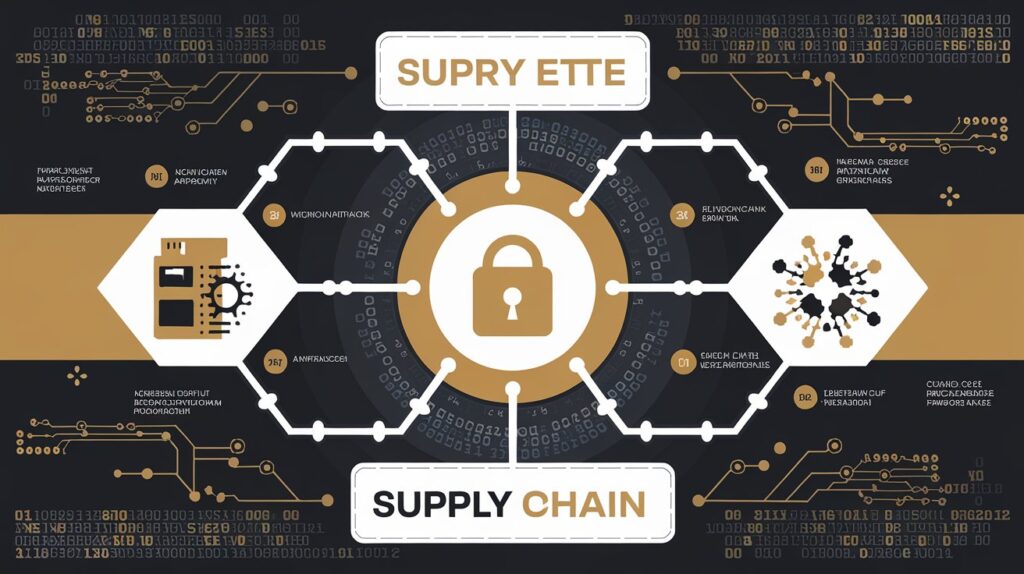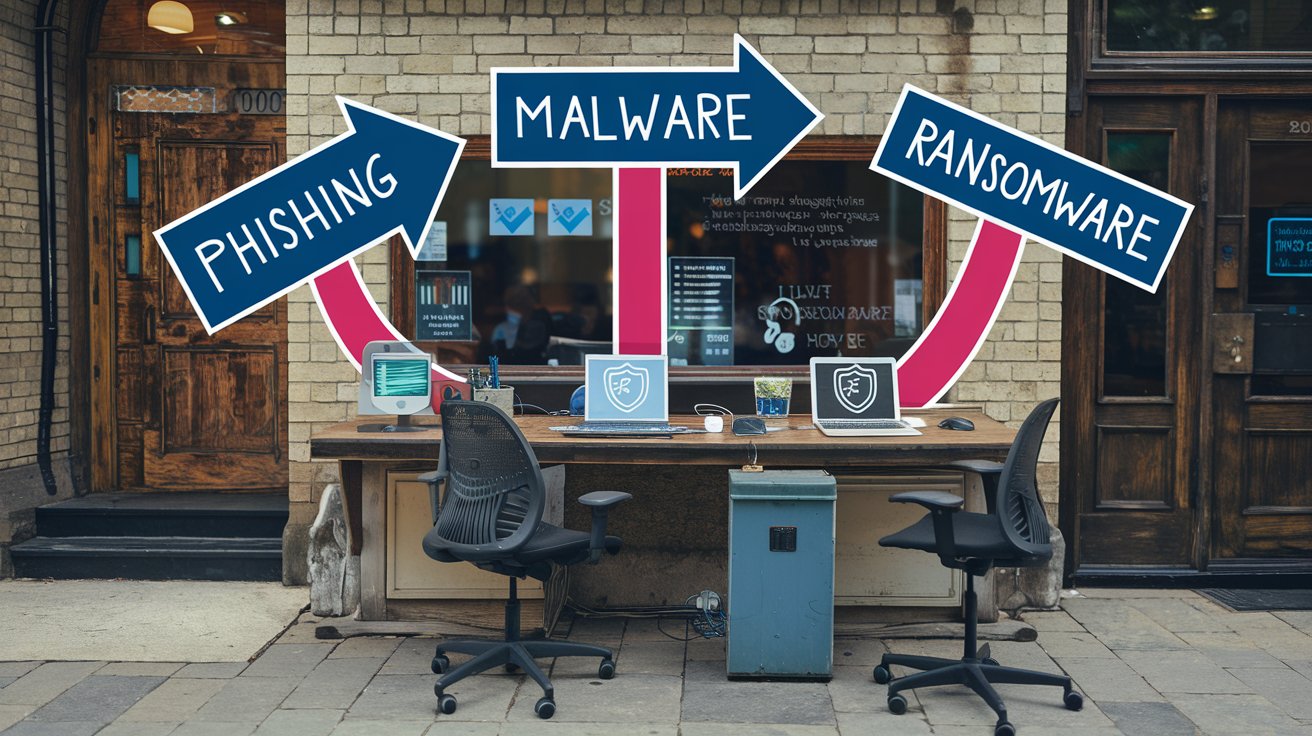Why Small Businesses Are the Prime Targets of Cyberattacks—and How to Stay Safe is a headline that highlights a growing and alarming trend. Cybercriminals are increasingly targeting small businesses, accounting for 43% of all cyberattacks, according to recent industry reports. These attacks exploit the vulnerabilities of small businesses, such as limited cybersecurity resources and inadequate defenses, leading to devastating financial and reputational losses. In an age where data breaches and ransomware attacks dominate the news, small business owners must recognize their heightened risk and take proactive measures to protect themselves. This article explores the reasons behind these targeted attacks and offers actionable strategies to enhance cybersecurity, ensuring your business stays secure in a rapidly evolving digital environment.
Table of Contents
The Vulnerabilities of Small Businesses

- Limited Security Resources: Small businesses typically lack the budget and expertise to implement advanced cybersecurity measures. This makes them an easy target for hackers who seek to exploit vulnerabilities such as outdated software or weak passwords.
- Valuable Data: Cybercriminals know that small businesses store valuable customer data, such as credit card information, emails, and personal identification. This data can be sold on the dark web or used for fraudulent activities.
- Supply Chain Vulnerabilities: Hackers often target small businesses as a means of infiltrating larger organizations. By breaching a small vendor with weak security, attackers can access a bigger company’s network.
- Underestimation of Risks: Many small business owners believe they’re too insignificant to attract attention from cybercriminals. This misconception leads to lax security practices, increasing their risk.
How Cybercriminals Exploit Small Businesses
- Phishing Attacks: Phishing remains one of the most common attack methods. Cybercriminals send deceptive emails that trick employees into revealing sensitive information or downloading malware.
- Ransomware: Ransomware attacks encrypt a business’s data, demanding a ransom for its release. Small businesses often pay up because they lack backups or resources to recover data independently.
- Weak Passwords: Many small businesses fail to enforce strong password policies, leaving accounts vulnerable to brute-force attacks.
- Insider Threats: Employees, whether malicious or careless, can inadvertently open the door to cybercriminals. Poor training and lack of awareness amplify this risk.

Steps to Strengthen Your Cybersecurity
- Implement Robust Security Policies: Develop clear cybersecurity policies and ensure employees are trained to recognize and report potential threats. Include password management, email security, and data handling practices.
- Invest in Advanced Security Tools: Even with a limited budget, prioritize essential tools such as:
- Antivirus software
- Firewalls
- Two-factor authentication (2FA)
- Endpoint protection
- Regular Software Updates: Keep all software, including operating systems and applications, updated to patch known vulnerabilities. Automated updates can simplify this process.
- Backup Critical Data: Regularly back up your data and store it in a secure, offsite location. Ensure backups are tested to confirm they can be restored in case of an attack.
- Conduct Vulnerability Assessments: Periodic assessments can help identify and address security gaps before they are exploited. Consider hiring cybersecurity experts for an in-depth audit.
- Secure Your Wi-Fi Network: Use encrypted Wi-Fi protocols, change default router settings, and limit access to authorized devices only. Public Wi-Fi should never be used for sensitive activities.
- Incident Response Plan: Develop and rehearse an incident response plan to minimize damage in case of a breach. This plan should outline roles, communication strategies, and recovery steps.

Cost of Cyberattacks on Small Businesses
- Financial Loss: According to recent studies, the average cost of a cyberattack on a small business ranges from $120,000 to $1.24 million. Many businesses struggle to recover from such significant financial setbacks.
- Reputational Damage: Losing customer trust can have long-term consequences. A single breach can tarnish your reputation and lead to lost business opportunities.
- Operational Downtime: Cyberattacks often disrupt business operations, resulting in lost productivity and revenue. For a small business, even a single day of downtime can be devastating.
Future Trends in Cybersecurity for Small Businesses
- Increased Use of AI and Automation: Small businesses are increasingly adopting AI-driven tools to detect and respond to threats in real-time. Automation also helps streamline security processes.
- Cloud Security: As more businesses migrate to the cloud, ensuring secure configurations and data protection in the cloud environment will be critical.
- Cybersecurity Insurance: More businesses are investing in cybersecurity insurance to mitigate the financial impact of a potential breach.
Conclusion:
Why Small Businesses Are the Prime Targets of Cyberattacks—and How to Stay Safe is not just a headline; it’s a wake-up call for small business owners. Studies show that 43% of cyberattacks target small businesses, yet only 14% are adequately prepared to defend themselves. The consequences of a breach can include financial losses averaging over $200,000, reputational damage, and operational downtime that may cripple business continuity. Implementing strategies such as regular vulnerability assessments, robust security policies, and employee training can significantly reduce these risks. Remember, prioritizing cybersecurity isn’t optional—it’s essential for survival. By taking proactive steps outlined in this guide, small businesses can stay one step ahead of cybercriminals. Don’t let your business become another statistic—invest in your security now and ensure your operations remain safe and resilient in a rapidly evolving digital world. [TechGeniuxio.com]





